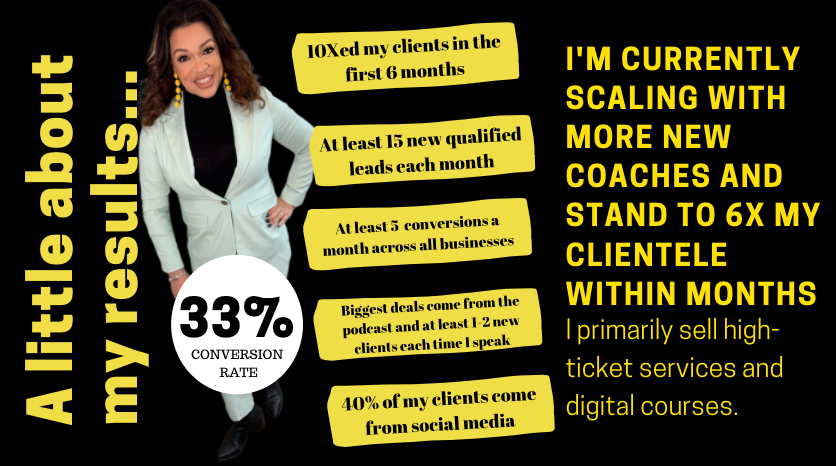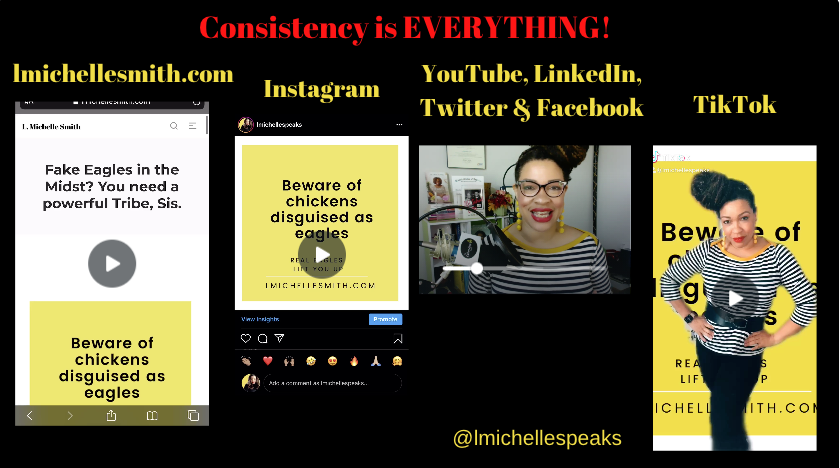The year was 2008, and my agency team was attempting to convince a couple large brands to try social media as part of their strategic communications plan. It was tough. Platforms like Twitter had only been live for about a year, and many of the marketing clients wanted to know how they'd be able to track sales from their activities. Still others pointed to bigger brands that hadn't yet reserved a handle on the platform as reason enough not to dive in. Social media was new to even the large agencies out there, let alone my boutique. We were all figuring out what it could do.
Eventually, we were able to gain buy-in for a program we created for an international quick-service restaurant. It was called "Random Acts of Goodness," and it aligned with their ad campaign, which focused on the "goodness" of the food. The Twitter campaign would extend that brand promise to the goodness of the company itself.
The country was in a recession, and people needed a pick-me-up. So, we dispatched the CEO with $1,000 cash in his pocket, no strings attached, to give out to a random customer. It was just right for the brand's audience that was struggling to pay bills.
You had to follow the brand on Twitter to find out the date, place, and time that he might show up. We dropped hints like breadcrumbs on the platform leading up to the event. We worked with all of our marketing partners to make it happen. Marketing bought radio remotes to capture the surprise visits. We used TV buys for value-added placements on morning shows. Every piece of media, earned or paid, pointed followers to the Twitter handle to finally get the scoop on where the CEO would show up that day.
And talk about the crowds. With security in every city, we visited about a dozen cities in a six-month timeframe. We whisked the senior leader into the back door, through the kitchen. Before you knew it, he was standing in line with the masses. Then it happened: he slid up alongside an unsuspecting customer and asked them, while TV cameras rolled, "What would you do with $1,000?" The customer no doubt had a story that would pull on your heartstrings, and then, boom, the CEO would present them with the cash gift—counting it out $100 at a time.
Of course, we shared the photos of the extraordinary moment, and we held a press conference with the winner and local officials to announce other gift-giving and donations to local community organizations as the brand's Random Act of Goodness to that city.
This was an amazing program that resulted in spikes in sales and traffic to the restaurant locations. But even with this integrated approach, which built their Twitter following quickly, we primarily saw social media as a reputation play—one that would allow the brand to touch its audience more directly than most classic public relations and marketing activities.
We were just starting to understand the power of social media content to develop relationship-building. It's not all about in-your-face selling or massive promotions. One caution, however: it takes time.
Creating content that sells requires putting your brand second
What you do on social media shouldn't be about you or your brand. That sounds counter-intuitive, but your content should be all about your audience and the value you bring to them. This is where many brands fail before they begin. Digital content that touts brand messages and price points over everything is a fantastic way to alienate your audience. You'll see engagement fall off, and some may even unfollow you.
Have you considered what value you can offer your audience? What is your "one thing"? That's the problem you solve for your audience, and your value is found in that one thing. This is your North Star. If you have trouble communicating your one thing, your audience will not understand that you're speaking to them or have something that could help them.
There are three must-dos around compelling content that begins to create loyalty and causes your audience to jump into action.
Clarity. Your content must be clear. You only have a few seconds to make an impression, so you need to know your audience so well that you understand the way they could potentially receive the message.
Simplicity. Keep your message concise (which will, in turn, keep it clear). Too many messages at once can impede your efforts to reach and influence your audience.
Translatability. Your content must be able to live in whole and in part on various platforms. In addition to your content being shared at multiple touchpoints, you need to consider the frequency with which it is shared and how many ways it can be presented without becoming monotonous.
Even if you don't choose to invest in social media, you should still have an up-to-date presence. One way to do this is by automating your brand's social media, doing things like automatically sharing all new blog posts with your followers.
An example of how to create content that sells
When I first began my private coaching practice, I had to decide how I'd ramp up a robust clientele. With a solid background in strategic communications, I was ready to mix it up with all sorts of media, but I needed to be smart about it. Digital media seemed to be the way to go because it allowed me to create one piece of content, then slice and dice it across multiple platforms quickly and efficiently.

That's how the story of how my executive and business coaching practice at lmichellesmith.com kicked off so quickly. It began with my fielding speaking requests across the country back in 2016 and blossomed into a full-on content strategy. Before I would speak, I would tease the thought leadership on social media to drive buzz, interest, and traffic to the speaking engagement. Once it was over, I'd publish an article as a contributing writer for a national business publication. Then, I would share that content across all of my social platforms and email newsletter with rich content like video, photos, or audio.
My strategy was simple. My message was simple.
That approach alone led me to begin my practice on May 1 of 2019, and I would increase my clientele by 10x within the first six months. I was receiving at least 15 qualified leads for big-ticket coaching, speaking, and brand partnerships. I was converting at least five of those leads each month. Today, I'm converting many more, but there are a few other elements that make the formula a winning one.
Creating content that sells requires that you build loyalty
Social media is a wonderful tool for building awareness with your audience, but if you want them to keep coming back, you need to build loyalty. Loyalty can be built with a few different approaches that I've found effective.
Personalization. I attribute my results to making my content extremely personal, speaking my audience's pain points right back to them, in their voice. This makes it personal, and of course I offer a solution to their challenges. I'm also cognizant of their social media mix, sharing the content where they obtain their information and entertainment. For instance, while LinkedIn is a great place to find professional women, Instagram is where that same demographic "plays." Relevant leadership content works there with a compelling graphic or video, and I switch my tone to an "after hours" or "water cooler" type vibe because they tend to check their feeds during those times. My tone is more direct, culturally nuanced, and takes on more of a whisper than it does on LinkedIn. There, my content takes on more of an "open letter" vibe, acknowledging that her bosses and colleagues are likely looking on. But in both places, I call her "Sis."

Relevancy. Make your content relevant to your audience and their current or continual situation, but also to what's happening in the world around them. Often the context in which they receive a message will impact the decisions they make about your products or services. Remember that your audience cannot read your mind, so you need to draw a straight line between the problem they have and the solution you provide. Your content should be backed by research, data, and strong insights. Finally, your content must align with their values. You will know when you're doing it right because the words in the comments will reflect it. I remember the first time someone wrote on my Instagram page that she felt like I was speaking directly to her. Still another follower wrote, "OMG, get out of my head!"
Consistency. It's so important to show up for your audience, regularly and when they expect you. It is not enough to start, begin to see some positive response, and then fade. You've got to be committed to the process and prepare to share your content across multiple media consistently. This speaks to how dependable you are and definitely can be a brand builder or destroyer. With a tight, concise, simple, understandable, personal, and relevant message, over time you'll find that your content will resonate with your audience, and when they arrive down-funnel, they won't be asking "how does it work?" They'll more than likely say, "how do I book or purchase?"

That's the result you are after. Ultimately, this strategy is about relationship-building, and you may be surprised that it doesn't take many direct sales messages to result in paying and repeat customers. It only takes compelling content that connects—and the commitment to stick with it.





